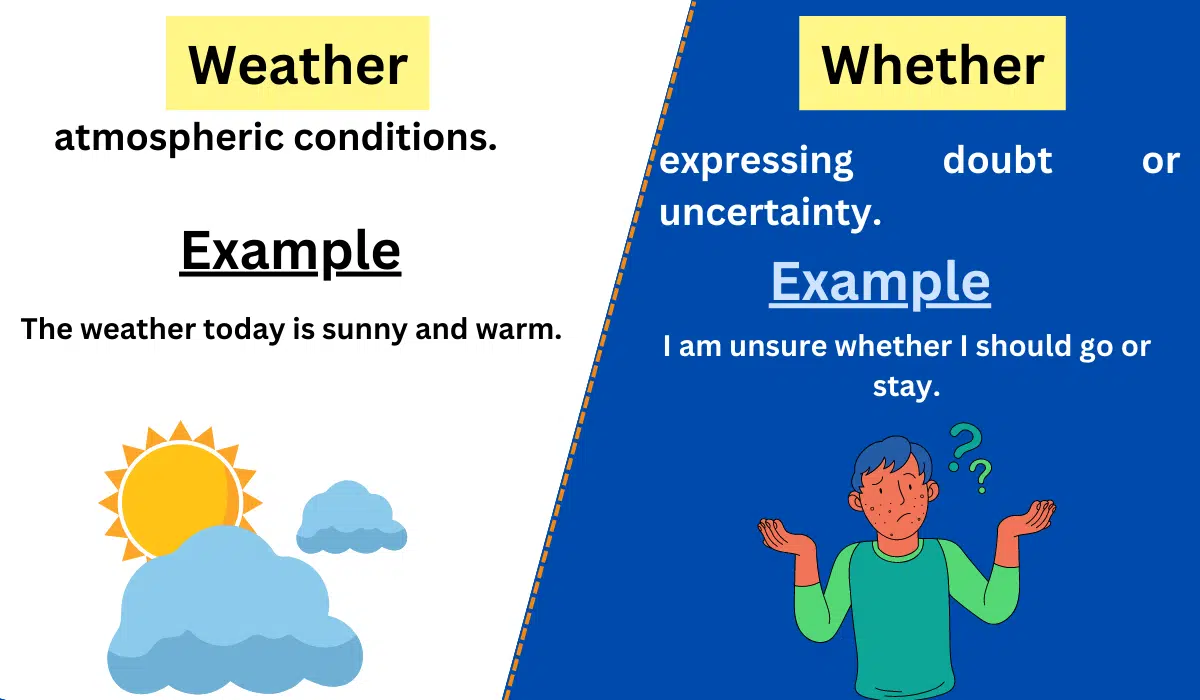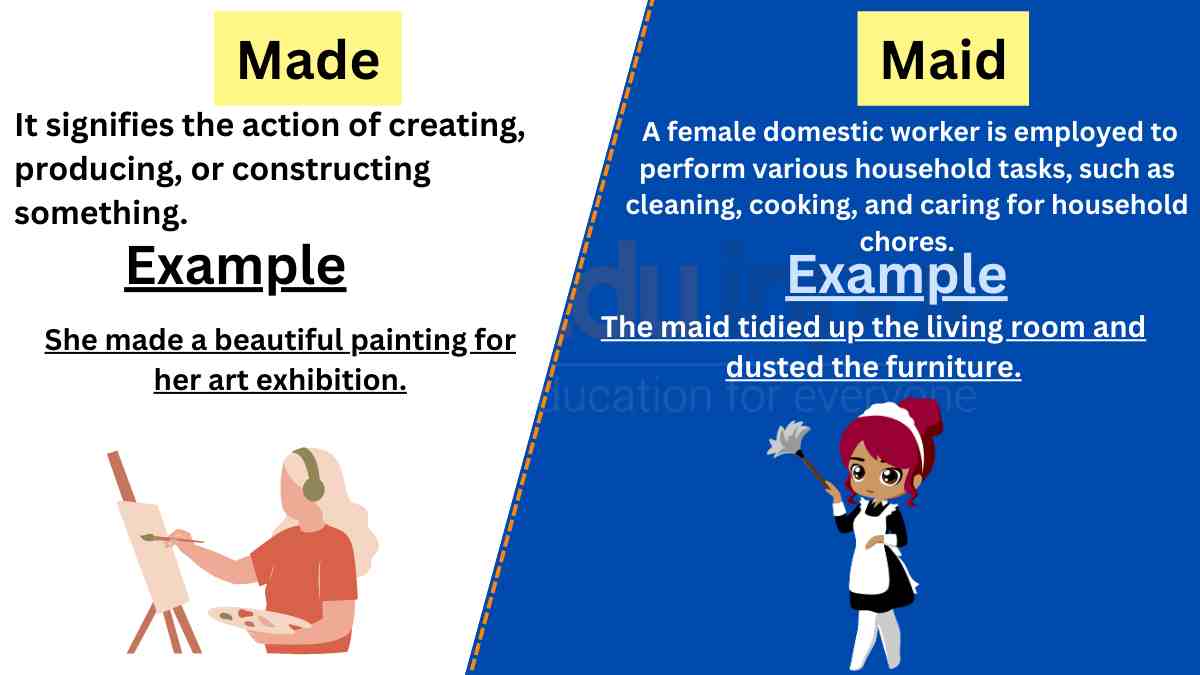Empty vs. Vacant-Difference between and examples
In the English language, there are word pairs that are often used interchangeably, leading to confusion. One such pair is “empty” and “vacant.”

Although these words may appear similar, they have distinct meanings and applications.
This article aims to clarify the difference between “empty” and “vacant,” providing comprehensive explanations, illustrative examples, and a comparative analysis.
By understanding their unique definitions, we can effectively communicate and prevent potential misunderstandings.
Meanings and Examples
Empty Meaning
The meaning of empty is,
Adjective: “Empty” describes something that is without contents, unoccupied, or lacking in substance or meaning.
Examples of Empty
- The cup was empty, devoid of any liquid.
- The house stood empty, with no occupants or furniture.
- After the fire, the building was left empty, stripped of its former glory.
Vacant Meaning
The meaning of vacant is,
Adjective: “Vacant” refers to something that is unoccupied, available, or not currently filled or used.
Examples of Vacant
- The parking lot had several vacant spaces, indicating that there were parking spots available.
- The job position remained vacant for months, as the company struggled to find a suitable candidate.
- The classroom was vacant during the summer break, with no students or teachers present.
Difference between Empty and Vacant
| Category | Empty | Vacant |
| Adjective | Without contents, unoccupied, lacking substance | Unoccupied, available, not currently filled or used |
| Example | Empty cup, empty house | Vacant parking lot, vacant job position |
| Usage | Describing lack or absence of contents | Indicating availability or unoccupied state |
| Grammar | Adjective | Adjective |
Usage in a Paragraph
To better understand the distinction between “empty” and “vacant,” let’s consider a scenario in a hotel. The hotel receptionist informed the guest that the room was vacant, indicating that it was available and not currently occupied by any other guest.
Upon entering the room, the guest noticed that the refrigerator was empty, devoid of any food or beverages.
Here, “vacant” is used to describe the state of the hotel room, indicating its availability for occupancy.
On the other hand, “empty” is used to describe the lack of contents in the refrigerator, highlighting its lack of food or beverages.
In this example, both words are used to convey different aspects: “vacant” referring to the availability of the room, and “empty” describing the lack of contents in the refrigerator.
By distinguishing between “empty” and “vacant,” we can avoid confusion and express ourselves accurately.
“Empty” describes the absence of contents, whether it be a cup, a house, or a refrigerator. “Vacant,” on the other hand, refers to something unoccupied or available, such as a parking lot or a job position.
Understanding the nuances of these words enables us to communicate effectively, ensuring clarity in our expressions.






Leave a Reply